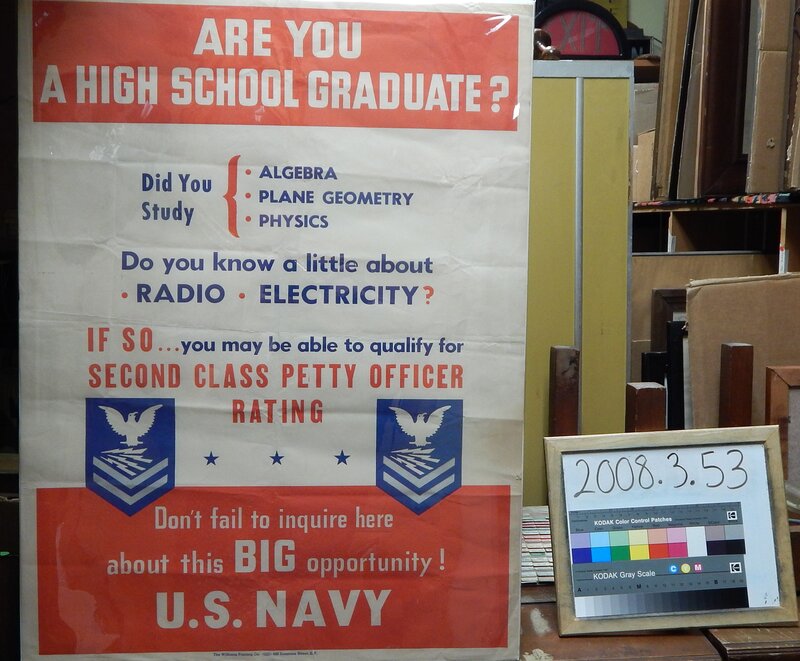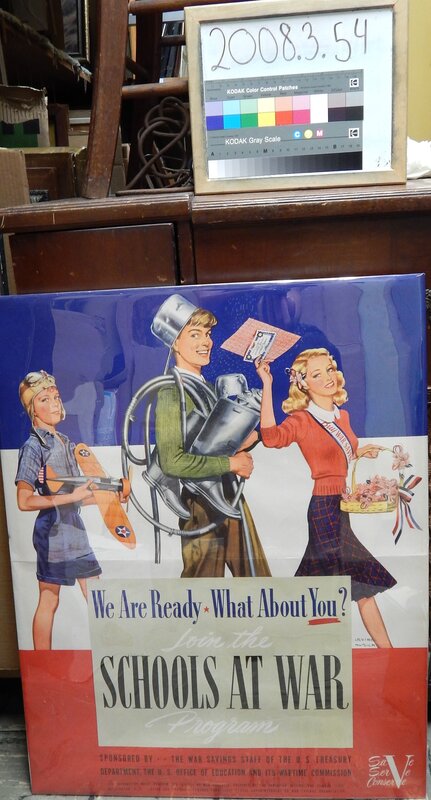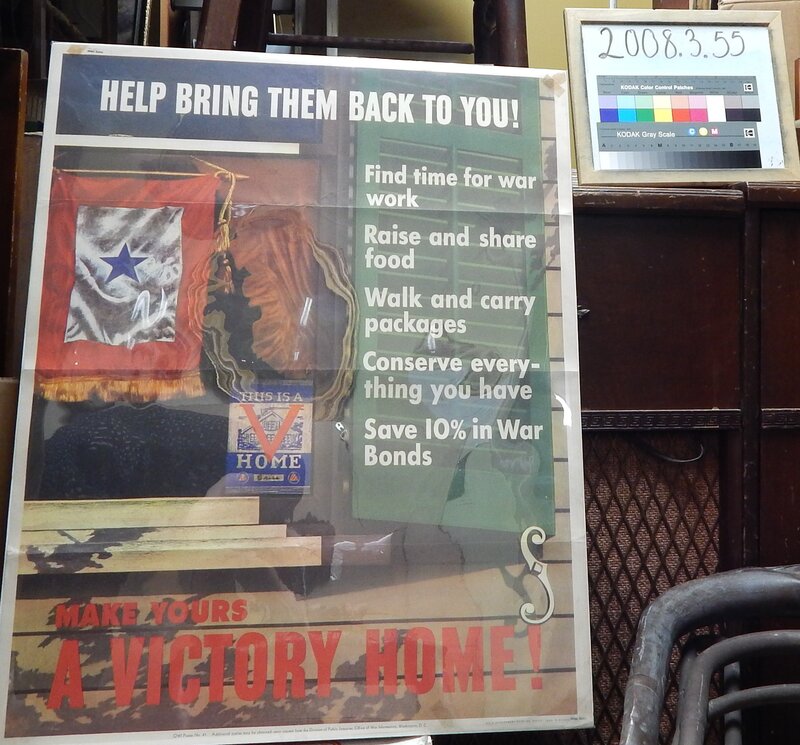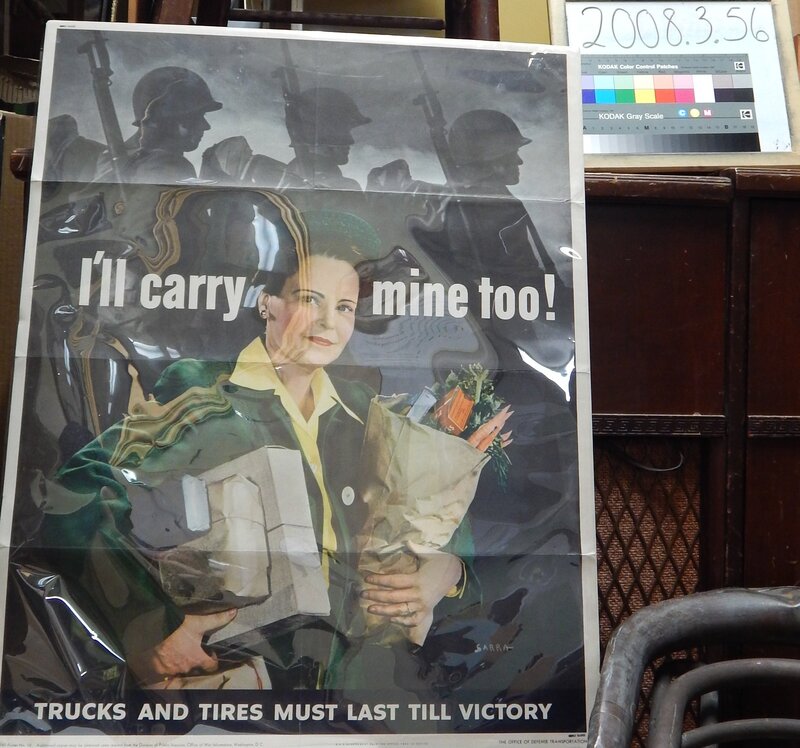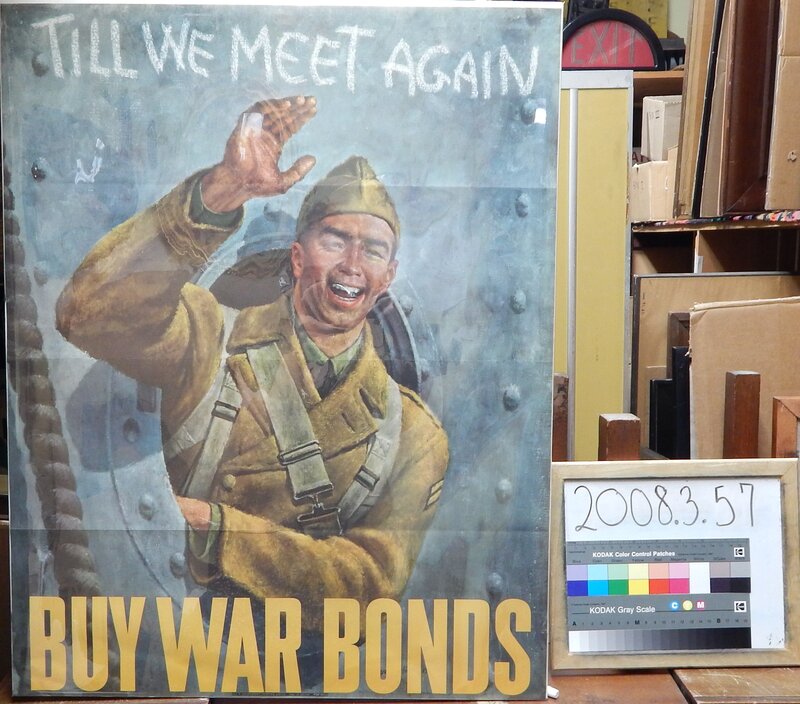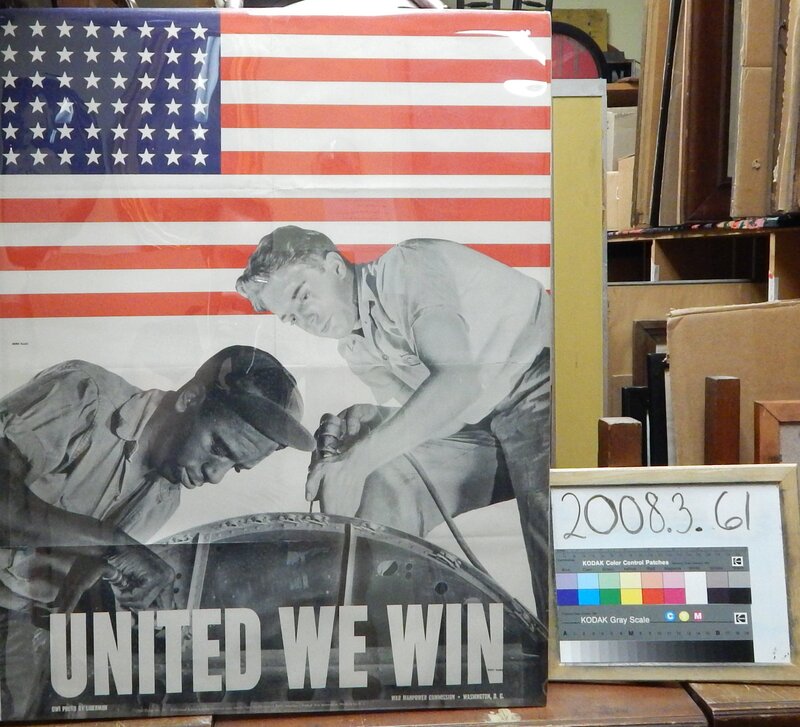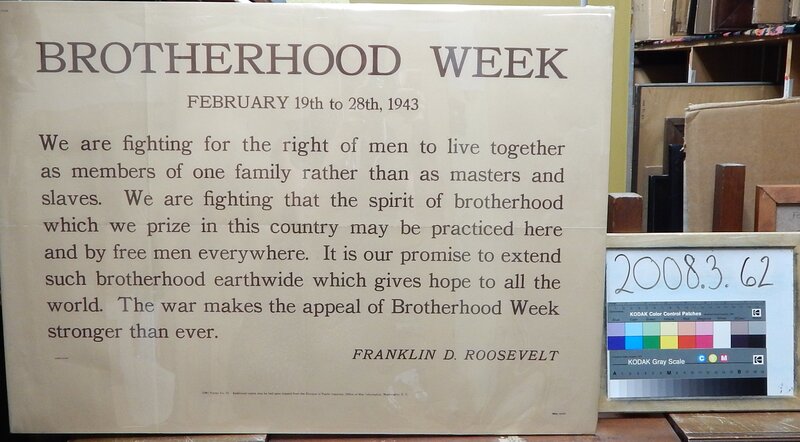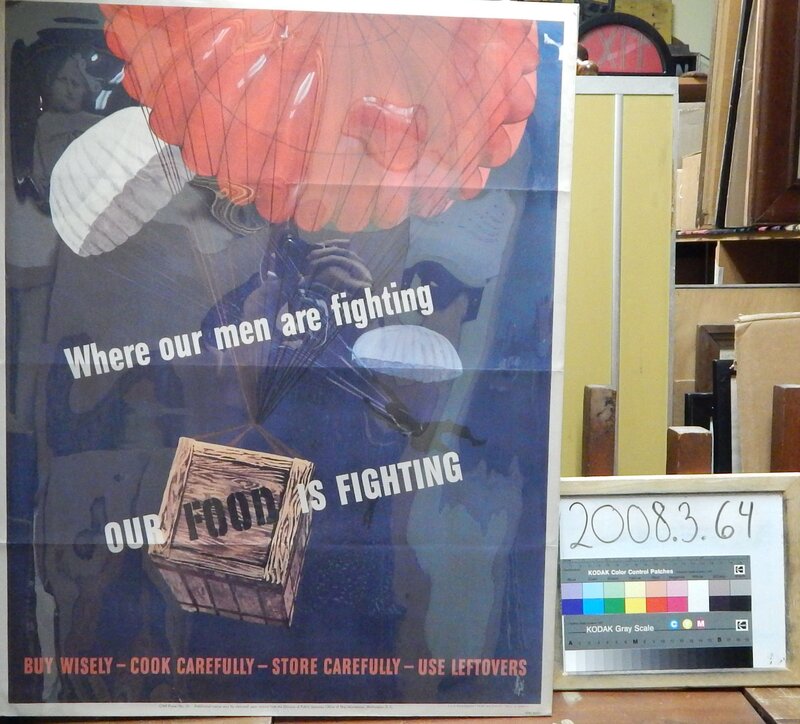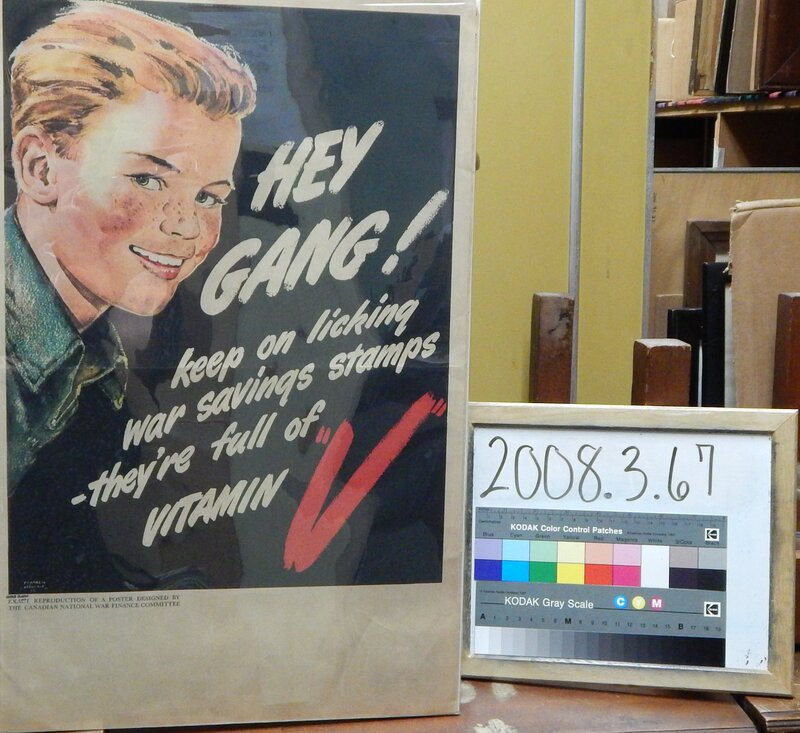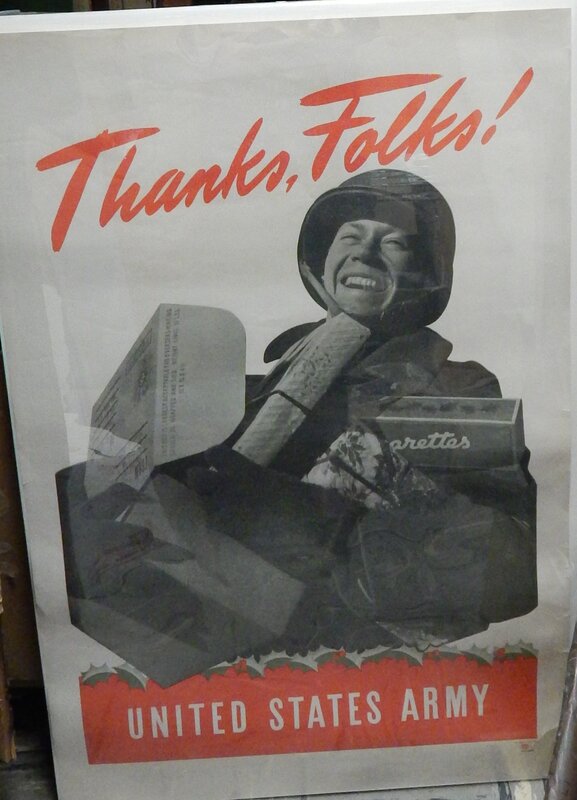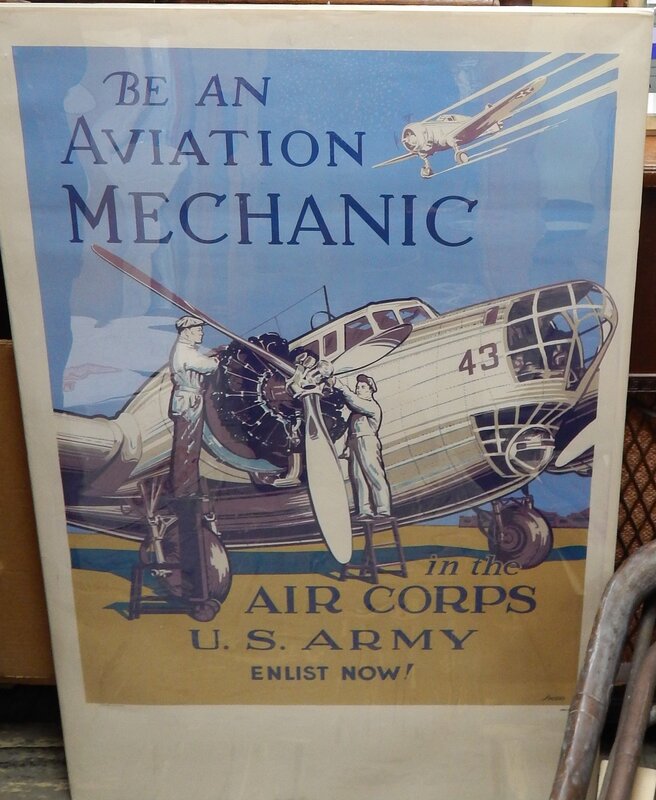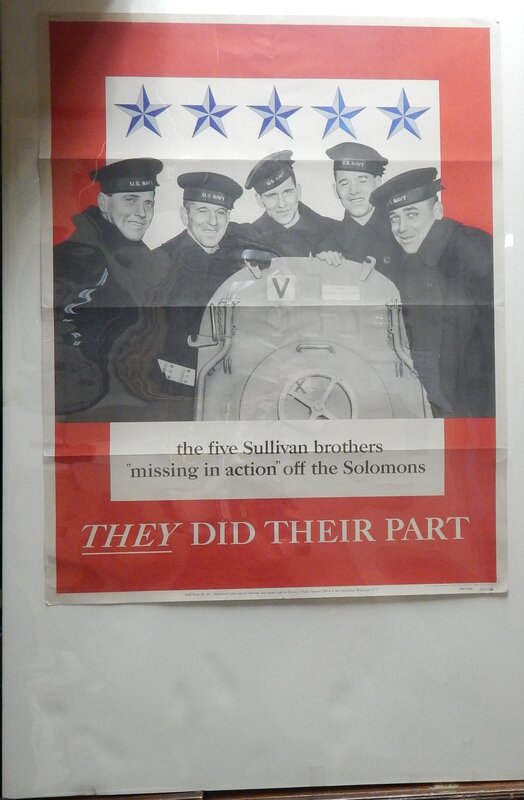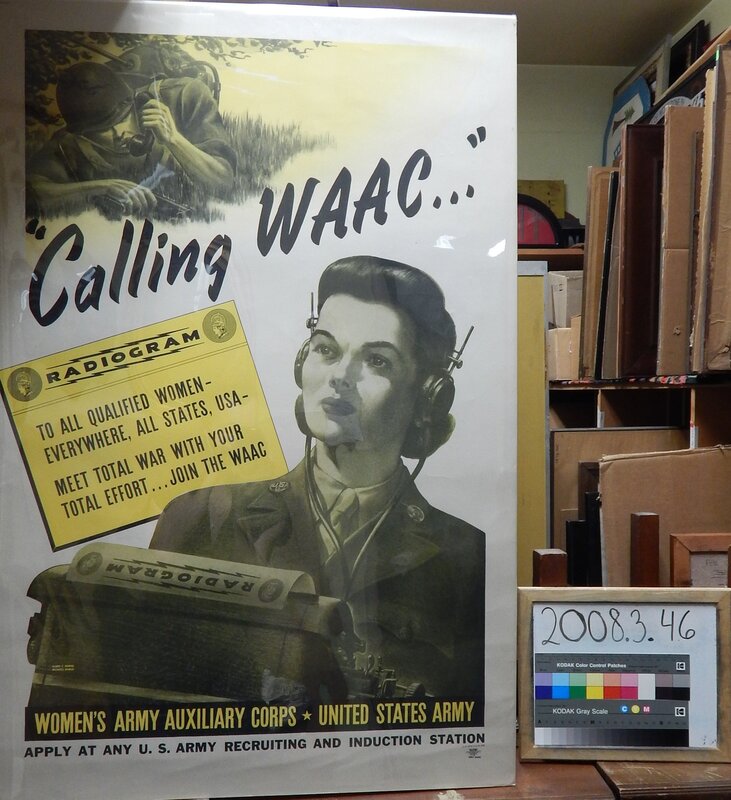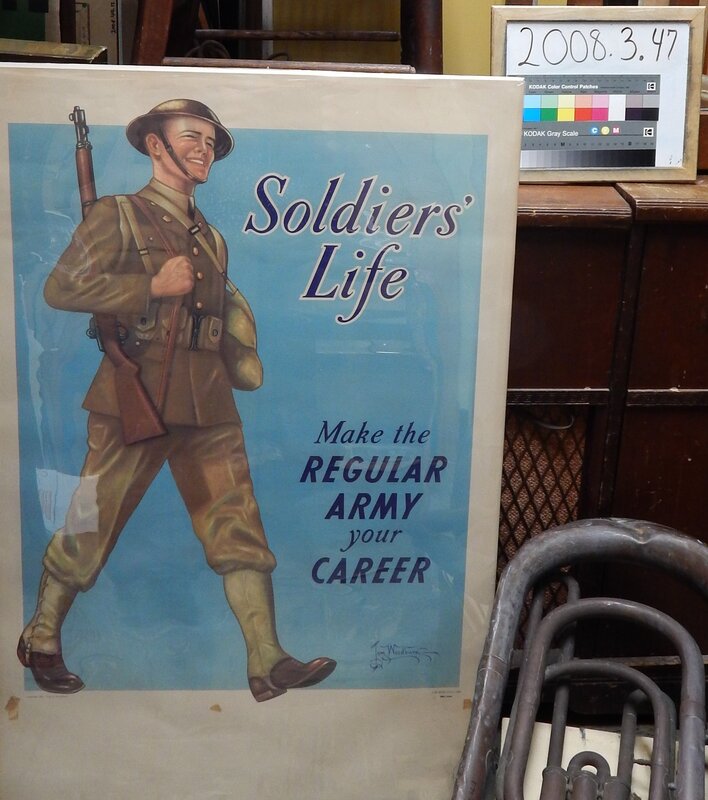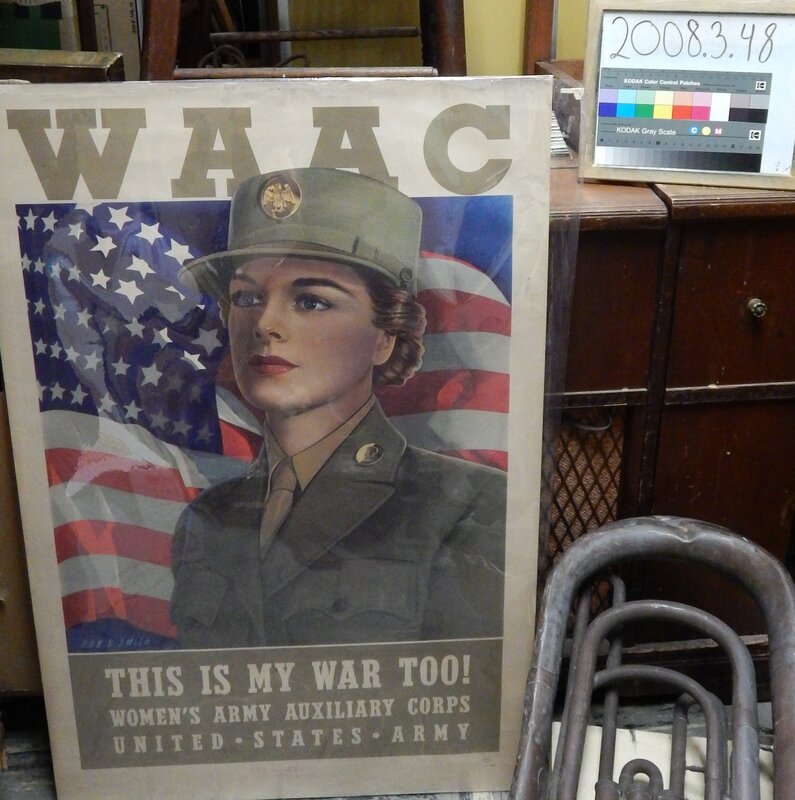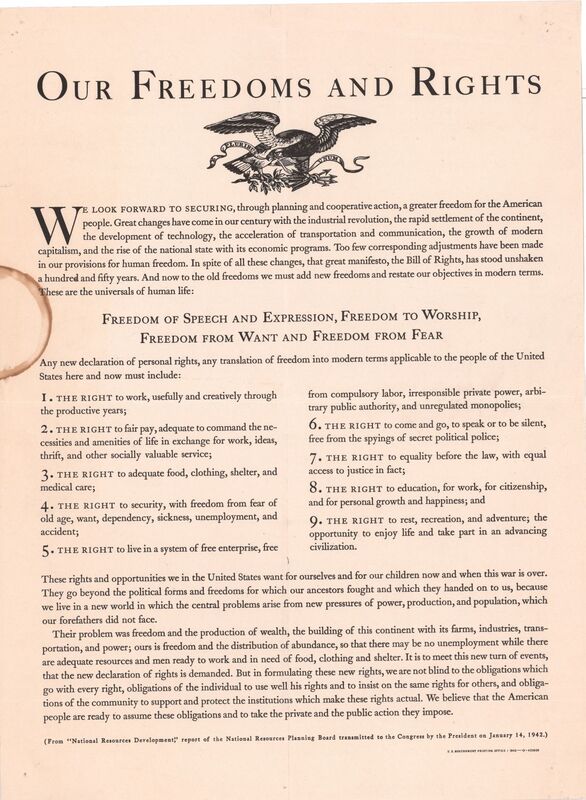"Accentuate the Positive, Eliminate the Negative, Latch on to the Affirmative, Don't Mess with Mr. In-Between."
1945, Music by Harold Arlen, Lyrics by Johnny Mercer
The Allied victory in WWII was only possible by channeling the power of a nation into operating an intensive wartime economy. Men, women, and children were all expected to pitch into the war effort. What galvanized this intense effort? Equally intense persuasion, most visibly seen through the hundreds of different wartime posters that were printed, distributed, and displayed across the US throughout the war by the Office of War Information. The Office coordinated messages, reviewed responses to the posters, and adjusted their advertisements and artwork accordingly.
Hundreds of artists were recruited to draft up posters , including famous names like Norman Rockwell. Rockwell drafted a series of four posters known as the "Four Freedoms" after hearing President Franklin Delano Roosevelt 's speech on the goal of the United States to protect four main freedoms by fighing in the war: freedom of speech, freedom of religion, freedom from fear and freedom from want . These paintings were featured on the cover of the Saturday Evening Post and eventually figured into one of the largest war bond fundraisers to happen during WWII.
The posters span a wide variety of topics and modes of connecting with the viewer. Some include actions the viewer can take to help with the war effort like carpooling, walking errands, growing a garden , or taking on a job in the war-related industries. Others warn of the reasons why it's so important to support the war effort, such as the prevention of Nazi attacks on the home front or infringements of rights. Some of the most eye-catching posters warn about the discussion of war-related work in public places, where spies from other countries could pick up valuable information to be used against the war effort, leading to mass casualties on the American side.
When looking at these posters , think about what the message is behind the poster. How was the artist trying to communicate with the viewer? Through the provision of actions (things to do-or not do). Who is represented in the poster? What symbolism works to promote adherence to the posters message?

